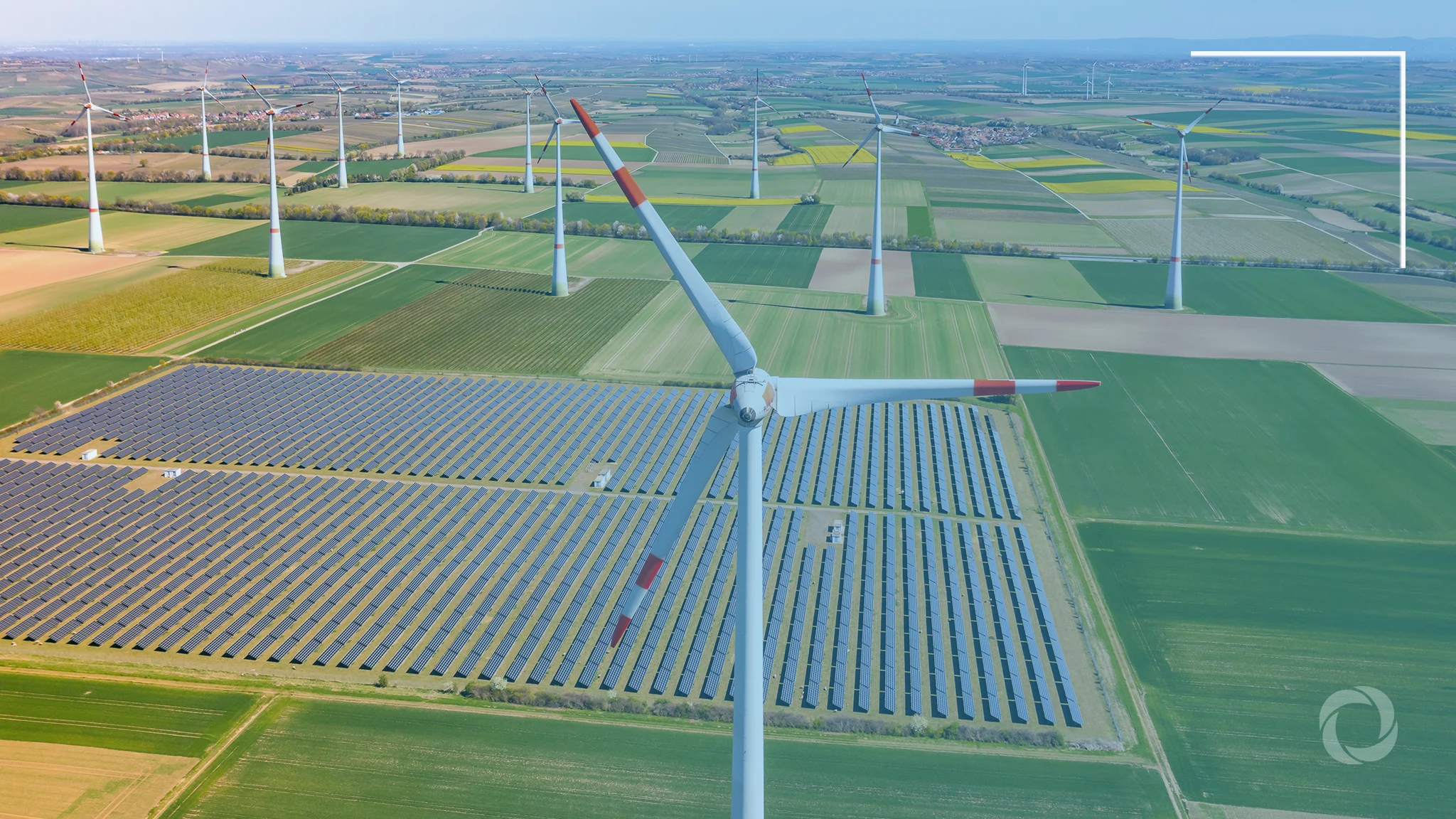The U.S. Department of Agriculture announced on August 19 that it would halt government funding for wind and solar energy projects on agricultural land. This move has stirred frustration and anger across rural America, where thousands of farmers now face financial uncertainty after investing in projects based on federal commitments and has also been met with sharp criticism from renewable energy companies and environmentalists
USDA cites food security, but data show otherwise
The Agriculture Secretary, Brooke Rollins, announced on X that this action was needed to protect prime farmland, safeguard the livelihoods of future farming generations, and prevent reliance on panels from “foreign adversaries like China.”
She added in a statement that the installation of renewable energy made farmland ‘expensive and less available’, thus threatening national food security.
However, USDA’s own 2024 analysis contradicts the alleged scale of the threat, indicating that less than 0.05% of America’s 897 million acres of farmland is being used for renewables, with most plots continuing to be used for agricultural purposes even after installations.
Part of Trump’s push to dismantle renewables
The policy reversal seems to represent a cornerstone of Donald Trump’s administration’s broader effort to dismantle renewable energy programs, which he terms as costly, inconsistent, and tied to Chinese supply chains.
Toward this end, in July, he signed the One Big Beautiful Bill Act, which slashed renewable energy incentives while boosting support for fossil fuels.
Farmers betrayed after investing on federal promises
Those hit hardest by the policy reversal are rural farmers who acted on federal assurances and are now bearing the financial consequences.
Travis and Amy Forgues, dairy farmers from Wisconsin, told Investigative Midwest their story, highlighting the challenges confronting thousands of farmers across the country.
After receiving USDA approval and signing a contract for US$56,000 in funding toward their US$134,000 solar installation, they completed the project with their own money, expecting to receive reimbursement.
“You can’t have people spend this kind of money and then just pull the rug from under them,” Travis Forgues explained. “I didn’t spend the money thinking maybe I’ll get it back. I spent the money because we had a signed contract.”
Industry and environmental backlash
Renewable firms have warned that the move could deal a heavy blow to rural economies.
Thomas Clark of Northstone Solar in Montana said farmland projects that would not have posed a problem a few years ago are now being rejected, leaving companies financially exposed. He called the move “sticking it to farmers” who had sought to diversify their income.
Environmental groups have also criticized the shift. Richa Patel of the National Sustainable Agriculture Coalition said it was “a step backwards” for farmers trying to balance profit with environmental responsibility.
Andy Olsen of the Environmental Law and Policy Center argued that the policy is misaligned with actual risks to farmland, pointing instead to data center development as being a bigger threat to agricultural land.
Democrats echoed these concerns. Representative Chellie Pingree of Maine told Civileats that farmers embraced REAP “because it delivers.” Blocking renewables, she argued, would drive up operating costs, limit reinvestment, and weaken resilience to climate shocks.
Conservative support for the decision
However, the policy shift has found support among Republican lawmakers who frame it as a way to protect national food security.
House Agriculture Committee Chairman Glenn “GT” Thompson stated that “food security is national security” while praising Secretary Rollins for prioritizing the preservation of prime farmland.
Senator Marsha Blackburn of Tennessee applauded the decision, arguing that farmland in Tennessee is intended for crops, not for solar equipment tied to “foreign adversaries such as Communist China”.
Nevertheless, even some conservative-leaning analysis suggests the threat may be overstated. According to the Tennessee Advisory Commission on Intergovernmental Relations, solar farms are not expected to be a major factor in the decline in farmland for many years, and the land remains recoverable for agricultural use.
Economic ripple effects across rural America
Through REAP, the USDA had committed US$2 billion to fund renewable energy projects and energy-efficiency upgrades for farmers and rural small businesses until 2031.
Now, this policy reversal carries financial consequences that stretch far past individual farmers, as it also affects rural electric cooperatives that had anticipated major grants but are now facing uncertainty.
For instance, Yampa Valley Electric in Colorado and Connexus Energy in Minnesota had anticipated awards totaling US$50 million and US$170 million, respectively, under federal programs that are now under review.
With projects scrapped, workers in solar and wind installation risk losing jobs. Federal agencies have already begun to reduce staff levels, with the USDA expected to shed over 15,000 positions in key regions, disrupting conservation and farm support services.
America falls behind
While the US retreats from farm-based renewable energy, international competitors are accelerating their programs. The difference stands out sharply in both scope and ambition.
In July, China announced plans to construct what it claims will be the world’s biggest solar farm, covering 610 square kilometers on the Tibetan Plateau.
In Europe, the United Kingdom approved 16.1 gigawatts of new renewable energy capacity in the second quarter of 2025 alone – nearly double the previous year – including major solar farms and offshore wind projects.
African nations are embracing affordable solar imports to expand both grid and off-grid power. In May 2025 alone, the continent imported a record 1.57 gigawatts of Chinese-made solar panels, signaling a decisive shift toward renewables.
India’s Gujarat Hybrid Renewable Energy Park, under construction on wasteland, is set to become the world’s largest hybrid wind-solar facility with 30 gigawatts capacity – enough to power 18 million homes while creating 100,000 jobs.

